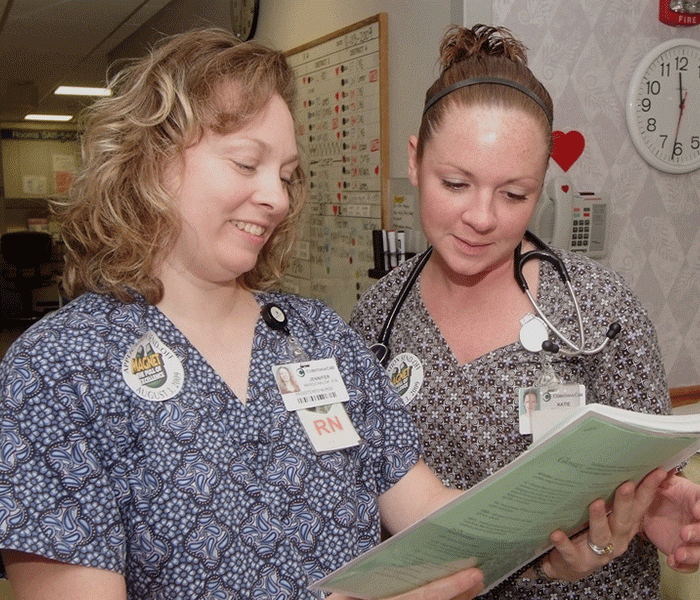Sequencing of cancer treatment regimens is based on multiple factors, including the pharmacokinetic properties of the agents in the regimen and their effectiveness based on cell-cycle specificity. Because of potential interactions and effects, some regimens have critically important administration sequencing. However, it is not always known if specific sequences of treatments result in better outcomes. Therefore, ONS does not have sequencing guidelines that are recommended for drug protocols, in part because of the great variability in protocols, regimens, and ongoing clinical research trials. Consider the following approaches to ensure drugs are administered in the best order.
- Review your regimens – Which are the most common regimens administered in your setting? As a team, determine if there is literature to support a specific drug administration sequence and create a reference log for future treatments.
- Define the sequence within the chemotherapy orders – The ASCO/ONS Chemotherapy Administration Safety Standards delineate components of chemotherapy orders, stating that written orders should include the intended sequence of administration for agents in any prescribed treatment regimen. If the orders do not include sequencing information, the nurse is responsible to clarify the sequence with the ordering provider prior to administration as part of the order verification process.
- Reference Tables – In a 2011 review of the literature, Mancini and Modlin found 21 combination regimens where drug sequence was found to impact either the efficacy of the regimen or the side effects experienced. They summarized the findings in a drug reference table that’s freely available within the article.
- Review the evidence – Review the literature available on the regimen being administered. If the sequence is not clearly defined, refer to the publication of the original study.
There is great variability in administration protocols, hospital policy, practitioner preference, as well as the experience of the nurses administering the drugs. Use available resources and build new ones to ensure you are administering drugs in the best way possible.






